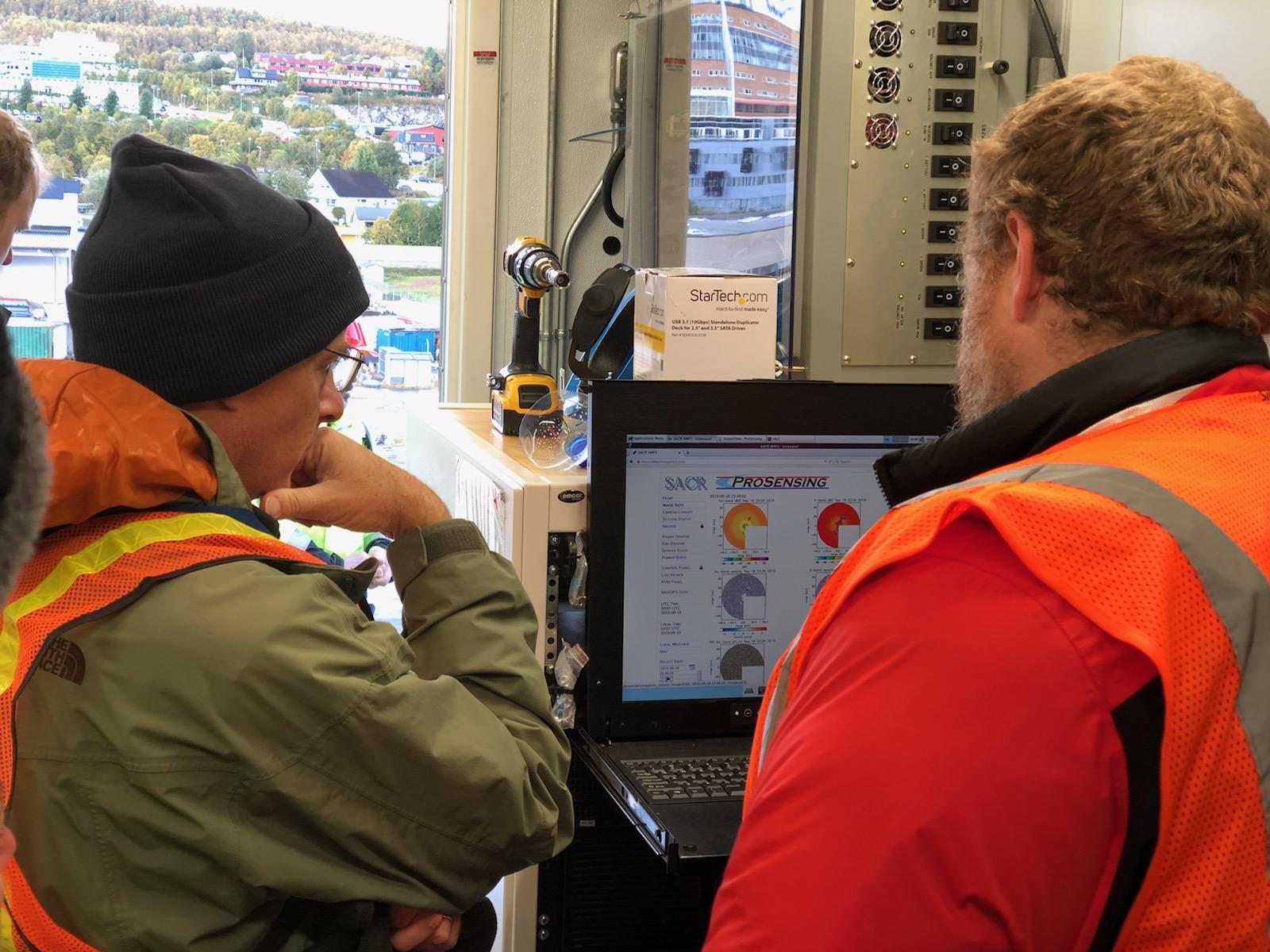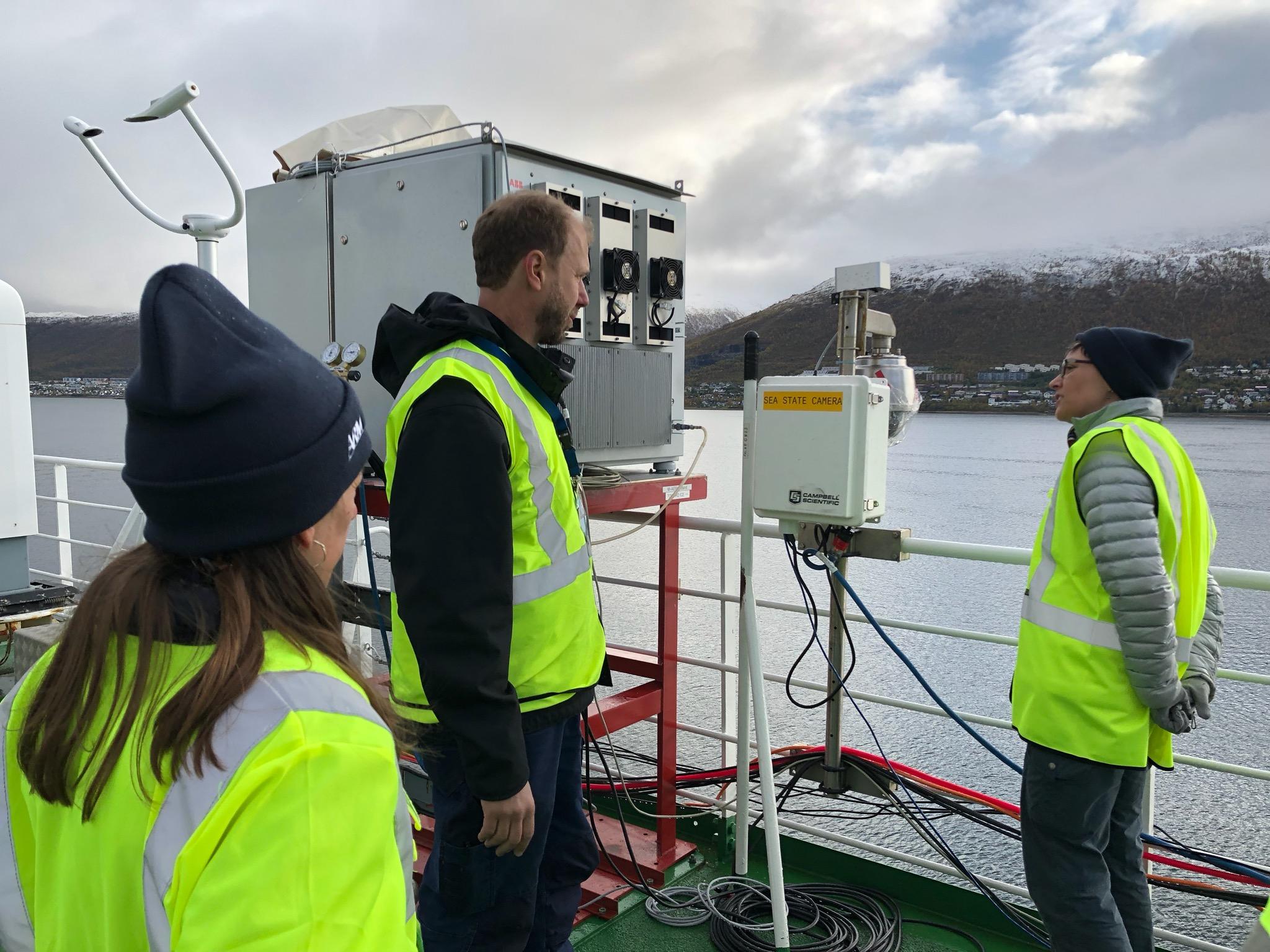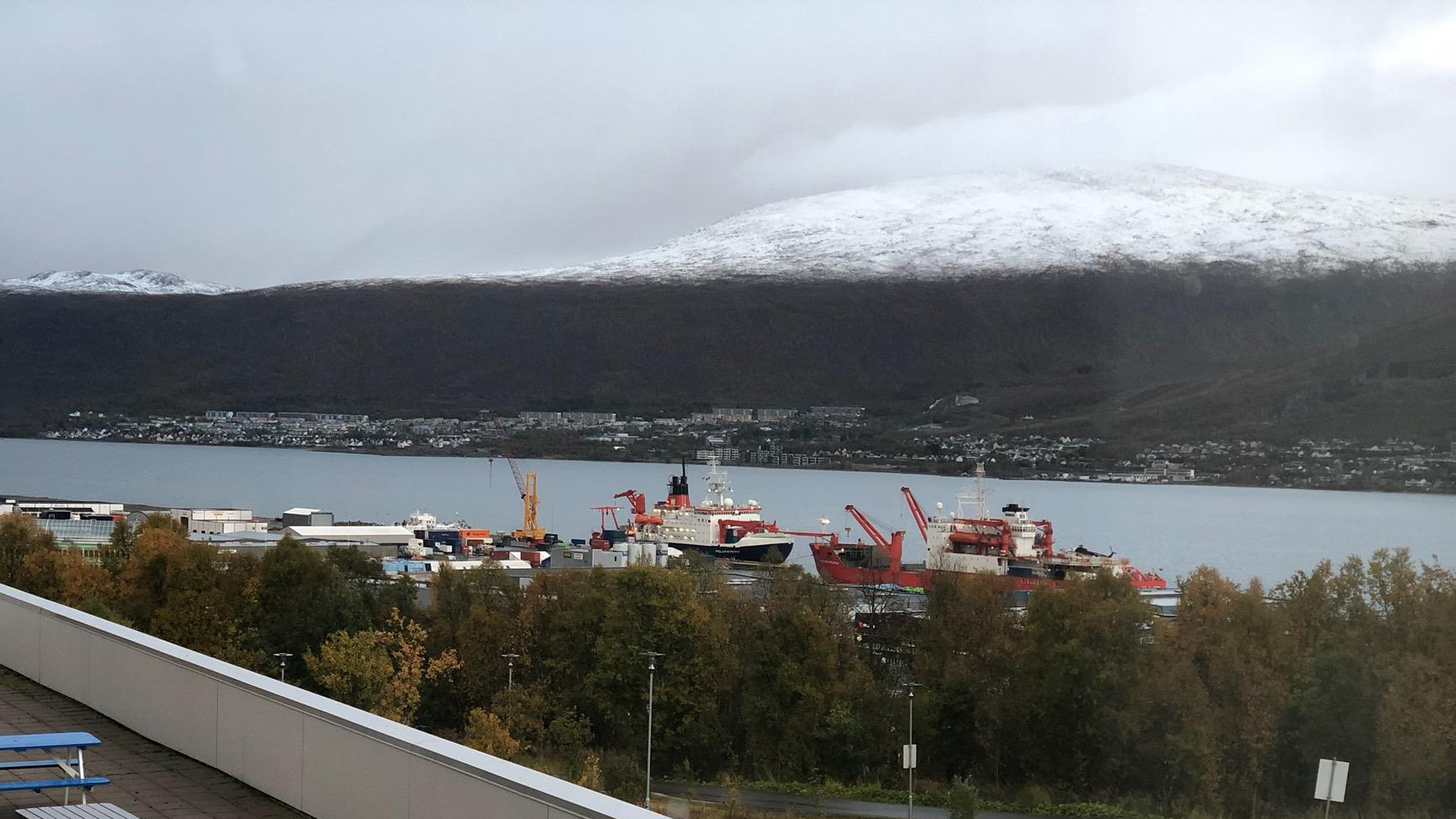Final Steps: MOSAiC Journey About to Begin
Published: 20 September 2019

In mere hours, the German icebreaker R/V Polarstern will head out of Tromsø, Norway, to begin the Multidisciplinary Drifting Observatory for the Study of Arctic Climate (MOSAiC) field campaign.
MOSAiC, which will involve 600 scientists, technicians, and logicians from 19 countries, is being billed as the largest research expedition in the central Arctic. The region is experiencing dramatic changes, including surface temperature increases that are twice the rate of the global average.
Soon, the Polarstern will freeze into an arctic ice floe and start drifting for a full year. It will serve as the main observatory for researchers to measure conditions in the ocean, sea ice, biosphere, and atmosphere.
The Atmospheric Radiation Measurement (ARM) user facility is providing more than 50 instruments for MOSAiC, including the first scanning radars to operate in the arctic ice pack.
ARM technicians, instrument mentors, site operations personnel, and management are in Norway preparing for the MOSAiC kickoff. Heath Powers, facility operations manager for the second ARM Mobile Facility (AMF2), which is going on the Polarstern, provided an installation update September 18.
“We completed the dockside installation, packed everything up, and currently have nearly everything loaded onto the ship,” he said.
See photos from the final preparations below and in the ARM MOSAiC photo album on Flickr.
During the campaign, check back on the ARM website for updates.






Keep up with the Atmospheric Observer
Updates on ARM news, events, and opportunities delivered to your inbox
ARM User Profile
ARM welcomes users from all institutions and nations. A free ARM user account is needed to access ARM data.


















